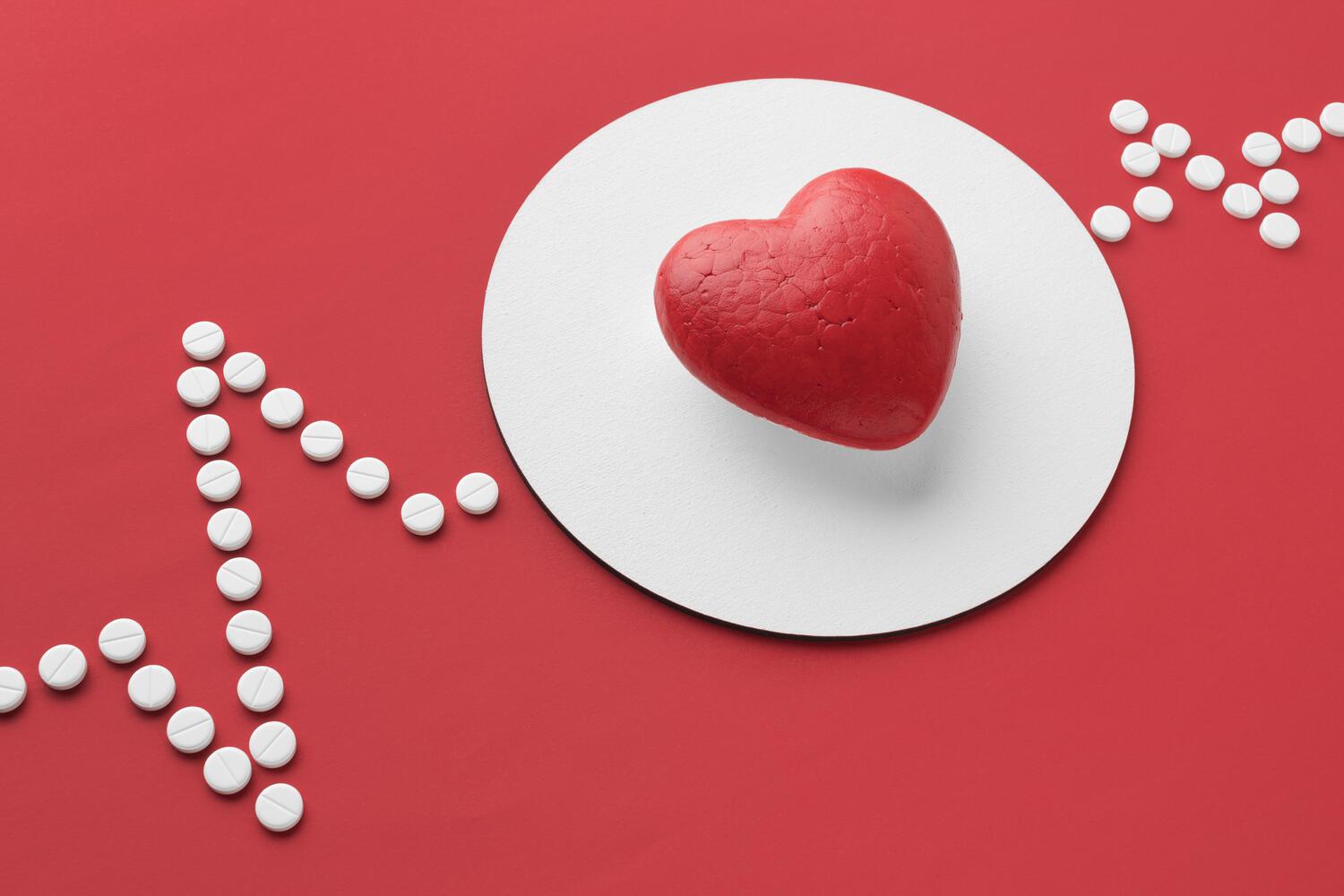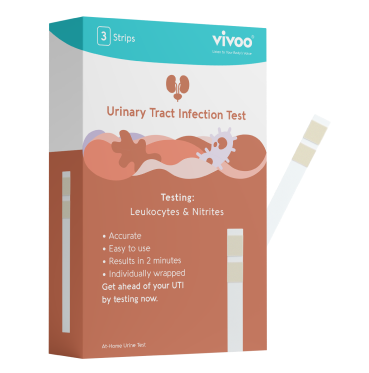Vivoo's heart rate parameter helps you discover patterns in your heart rate and how it is influenced by different emotions and environments. It also advises you on steps you can take any time your heart rate goes above or below what is a "normal” heart rate for you.
Related: 8 Determinants of your Heart Rate Besides Exercise
Heart Rate
Your heart rate is a simple measurement of the number of times that your heart beats in a minute. Your heart rate can vary as a result of threats to your safety, physical activity, and other emotional responses.
A resting heart rate, on the other hand, is your “normal” heart rate when you are relaxed. A calculation of your normal resting heart rate can act as a benchmark, based on which you can determine whether you are experiencing an impressive condition.
Here is what you should know about heart rates:
- For adults, an average resting heart rate typically ranges between 60-100 beats per minute.
- Heart rates go up when you exercise.
- The maximum healthy heart rate varies depending on age.

A New Approach to Heart Rate: Wearable Technology
Today, wearable technologies are used to measure heart rates without the hassle of calculating this rate yourself. These technologies use a process called photoplethysmography (PPG), where a specific wavelength of green light shines on the skin. The green light emanates from the oximeter sensors found on the underside of these devices, touching the skin on the wrist.
According to spectroscopy, your blood easily absorbs green light because the colors red and green are contrasting colors on the color wheel. Smartwatches contain an optical sensor that can easily detect reflected light. This simple science makes it easy for smartwatches to measure your heart rate.
You can also connect these devices to your smartphone and the internet to report and track data. As a result, heart monitors that are a part of a wearable device make it easy to track your heart rate, especially when working out.
Vivoo’s Heart Rate Box
Vivoo's heart rate box pulls heart rate data from your wearable device and analyzes this data regularly to give you a rating on your heart rate.
Possible Results
Low
This is when your heart rate is below a normal resting heart rate. A low heart rate is considered as less than 50 beats per minute.
Slightly low
This is when your heartbeat is slightly below a normal resting heart rate, which is between 50-59 beats per minute. Some references also consider this range to be normal.
- A resting heart rate that is lower than normal can occur in people who are physically fit or active in their daily lives.
Optimal
An optimal heart rate depends on your heart muscle condition and typically ranges between 60-100 beats per minute for adults.
- There are many factors that can influence your heart rate. When evaluating your resting heart rate, you should consider factors like:
- Age
- Physical fitness and activity levels
- Smoking
- Heart-related problems
- Air temperature
- Body position (for example, heart rates can vary when standing up or lying down)
- Emotions
- Body size
- Certain medications
Slightly high
This is when your heart rate is slightly above normal. A slightly high heart rate ranges between 101-120 beats per minute.
High
This is when your heart rate is above normal or over 120 beats per minute.
- Your heart rate is more likely to be higher when you are engaged in strenuous or physical activities.
- Caffeine is known to cause heart palpitations, significantly raising your heart rate.
- Standing for a long period of time can also affect your heart rate.

Tips to Support Optimal Heart Muscle Function
Keeping your heart muscle condition better is key to having an optimal heart rate. Heart-related problems have increasingly become a leading global problem. How can you tell if you are at risk of developing a problem? You are likely to have a heart-related problem if:
- You are a smoker
- You are obese or overweight
- You don’t eat a healthy diet
- You don’t get enough physical activity
Eat Healthy Fats
Trans fats clog your arteries. When you cut down on trans fats from your diet, you are more likely to increase your blood flow throughout the body.
Lose Weight
Having an ideal weight will reduce the strain on your heart.
Eat Less Sugar
Having too much sugar in your diet can result in weight gain, resulting in an extra strain on your heart.
Cut Back on Alcohol
Alcohol affects your heart rate by causing abnormal heart rhythms, easily damaging your optimal heart muscle function.
Handle Stress
Don’t Stay Seated for Extended Periods














